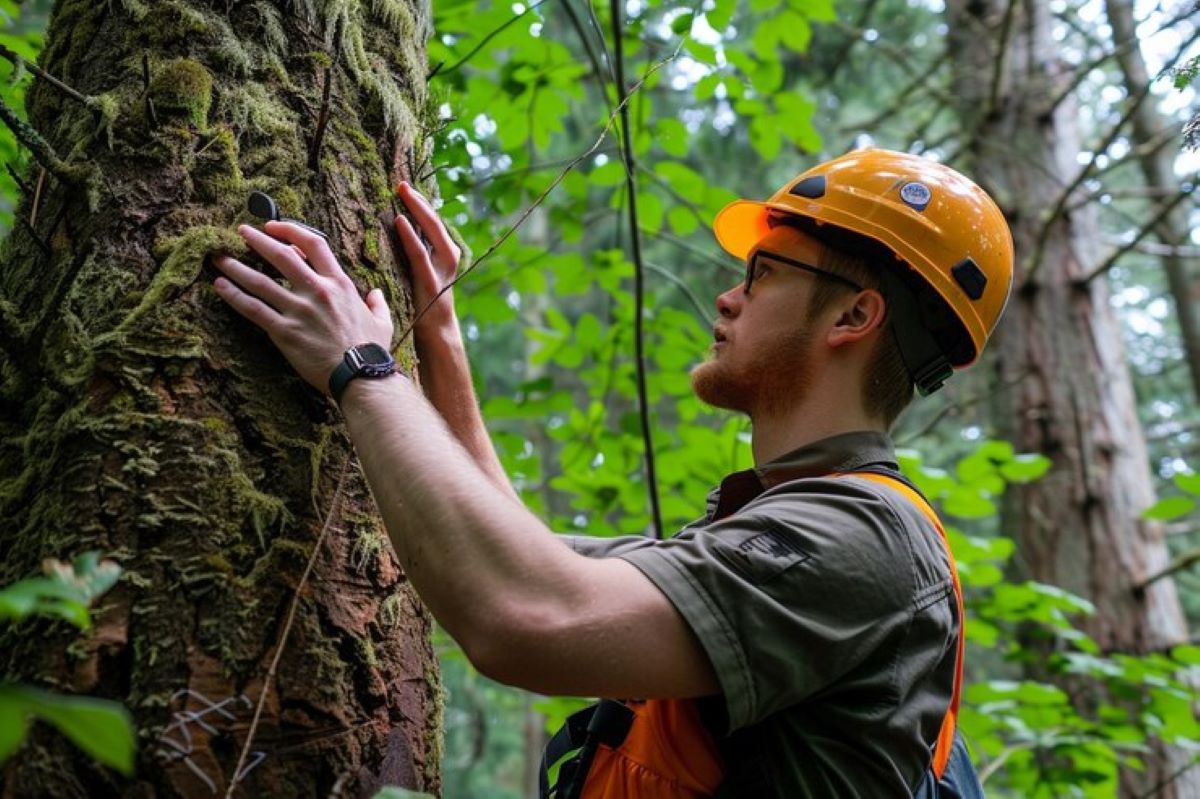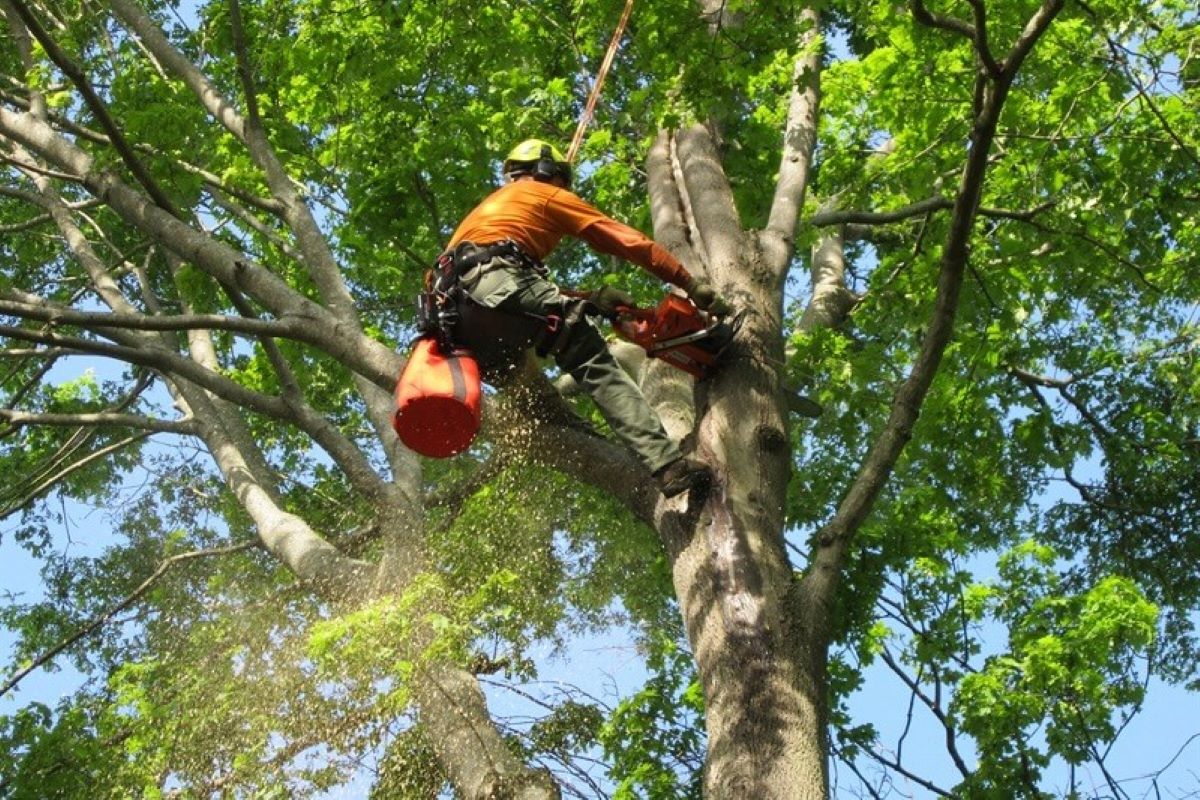The term “Arborist Crows Nest” may evoke images of skilled professionals perched high in trees, but it encompasses much more than just a vantage point. This article delves into the role of arborists, the significance of safety protocols, the importance of communication, and the latest advancements in arborist technology. Whether you’re a tree care enthusiast or a professional in the field, there’s a wealth of information to explore.
The Role of Arborists
An Arborist Crows Nest specialist is trained in the care and maintenance of trees, with a deep understanding of tree biology, health, and the environmental factors that influence growth. Their expertise enhances the aesthetic appeal of landscapes and supports the ecological balance within both residential and commercial areas. These professionals perform essential tasks such as pruning, planting, and tree removal, while also diagnosing diseases and recommending effective treatments. In Crows Nest, arborists play a crucial role in ensuring the safety and longevity of trees in public and private spaces, reducing risks associated with falling branches or structural weaknesses.
Importance of Training
Training is a vital component of an arborist’s career. With only a 53% chance of receiving training on using chippers and an impressive 86% likelihood of receiving training on chemical application, the emphasis on safety and effective equipment operation cannot be overstated. Proper training ensures that arborists can perform their duties safely, minimising the risk of accidents.
Dr. John Ball, an expert in the field, highlights that many accidents in arboriculture stem from deficiencies in safety protocols. This underscores the need for continuous education and adherence to best practices. Arborists must stay updated on the latest safety measures and equipment to ensure their well-being and that of their clients.
Safety Protocols in Arboriculture
Safety protocols are paramount in the arboriculture industry. The nature of the work often involves climbing trees, using heavy machinery, and handling potentially hazardous chemicals. Unfortunately, a staggering 74% of noise-exposed workers in the Agriculture, Forestry, Fishing, and Hunting industries report not wearing hearing protection. This statistic serves as a wake-up call for the industry to prioritise safety measures.
To combat these risks, arborists should implement comprehensive safety training programs. These programs should cover the proper use of personal protective equipment (PPE), safe climbing techniques, and the correct handling of tools and chemicals. Regular safety drills and assessments can further reinforce a culture of safety within arborist teams.
Communication: The Key to Success
Effective communication is essential for successful tree care projects. John Smith, a certified arborist with over 30 years of experience, emphasises that clear and consistent communication between arborists and clients is crucial for avoiding misunderstandings. Clients must understand the scope of work, potential risks, and the expected outcomes.
Arborists should take the time to explain their methods and recommendations to clients. This transparency builds trust and ensures that clients are informed participants in the decision-making process. Additionally, maintaining open lines of communication can help address any concerns or questions that may arise during a project.
Building Client Relationships
Establishing strong relationships with clients is vital for arborists. By actively listening to clients’ needs and preferences, arborists can tailor their services to meet specific requirements. This personalised approach not only enhances client satisfaction but also fosters long-term partnerships.
Regular follow-ups after a project is completed can further solidify these relationships. By checking in on the health of the trees and addressing any post-service concerns, arborists demonstrate their commitment to ongoing care and support.
Technological Advancements in Arboriculture
The arboriculture industry is witnessing significant technological advancements that enhance efficiency and accuracy. One notable development is the introduction of RAI (Real ArboStar Intelligence) by ArboStar in 2025. This AI assistant is designed specifically for tree care, streamlining various aspects of the business.
With RAI, arborists can save an impressive nine hours weekly, significantly reducing the time spent on administrative tasks. Additionally, the AI has led to a 40% reduction in quoting mistakes, allowing arborists to provide more accurate estimates to clients. This technology not only improves productivity but also enhances the overall client experience.
The Future of Arborist Software
The Arborist Software Market is projected to experience significant growth over the next five years. As more arborists recognise the benefits of technology in their work, the demand for specialised software solutions is expected to rise. These tools can assist with scheduling, invoicing, and client management, allowing arborists to focus more on their core responsibilities.
Investing in the right software can lead to improved operational efficiency and better customer service. As the industry continues to evolve, staying ahead of technological trends will be crucial for arborists looking to maintain a competitive edge.
Other Resources : Arborist Software Market Report 2025 (Global Edition)
Environmental Considerations
Arborists play a vital role in promoting environmental sustainability. Their work contributes to the health of urban ecosystems by improving air quality, providing shade, and supporting biodiversity. Trees are essential for combating climate change, and arborists are at the forefront of efforts to maintain and enhance tree populations.
By advocating for tree preservation and responsible planting practices, arborists can help mitigate the effects of urbanisation on natural habitats. They can also educate clients about the importance of selecting native species that are better adapted to local conditions, promoting a healthier environment.

Community Engagement
Engaging with the community is another important aspect of an arborist’s role. By participating in local events, workshops, and educational programmes, arborists can raise awareness about tree care and the benefits of maintaining healthy trees. This outreach fosters a sense of stewardship within the community, encouraging residents to take an active role in caring for their green spaces.
Collaboration with local governments and environmental organisations can further amplify these efforts. By working together, arborists and community leaders can develop initiatives that promote tree planting, conservation, and sustainable land use practices.
Conclusion
The Arborist Crows Nest represents a multifaceted approach to tree care, encompassing safety, communication, technology, and environmental stewardship. As the industry continues to evolve, arborists must adapt to new challenges and opportunities. By prioritising training, embracing technology, and fostering strong client relationships, arborists can ensure their success in this vital field.
Whether you’re an aspiring arborist or a seasoned professional, understanding the complexities of this profession is essential. The future of arboriculture is bright, and with the right tools and knowledge, arborists can continue to thrive while making a positive impact on the environment.


